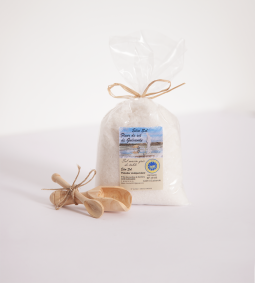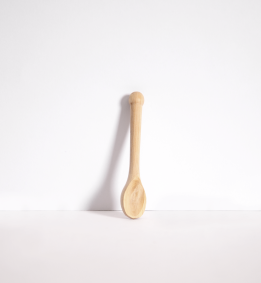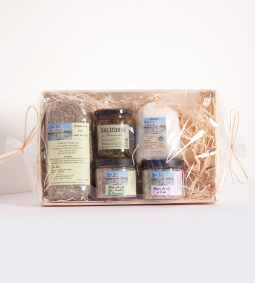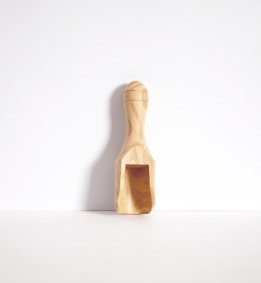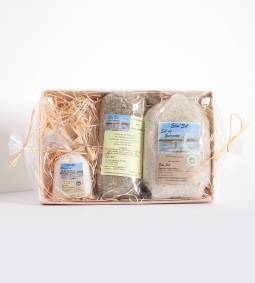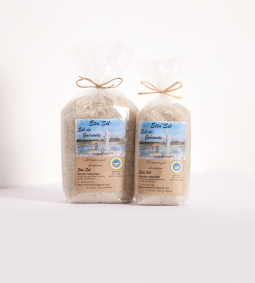Salt, also called gray salt or more colloquially coarse salt, does not have the same uses as "fleur de sel" salt or even the same harvesting method.
Let's start with the beginning !
How are the different salts formed?
Salt and fleur de sel are formed by wind and sun, however, fleur de sel is a little more capricious.
Regarding salt, it forms at the bottom of the carnation over a 24-hour cycle. It is picked up with the help of a laser which creates a movement of water which allows the grains of salt to loosen from the bottom of the carnation.
Fine salt also comes from gray salt, it is not a product that occurs naturally in salt marshes, it is coarse ground salt.
The same principle applies to fleur de sel, however, if the amount of sunlight decreases during the day or the humidity is too high, it will not form. The fleur de sel crystallizes on the surface of the water. It is picked using a flower louse. The gestures must be very precise and delicate so as not to spill the flower of salt.
Physical characteristics
The salt crystals that form at the bottom of the carnation are larger and slightly gray. The color of what is called gray salt is due to the contact with the clay on which the salt sits at the bottom of the eyelet.
The fleur de sel crystals are finer and whiter. The size of a grain (grain size) may differ slightly from day to day depending on the direction of the winds.
The different uses
Gray salt is mainly used for cooking water but it can also be used for various tips in our daily life.
The fleur de sel is more precious and rarer, it is used in small quantities to season dishes after cooking (so as not to lose its flavor!)







